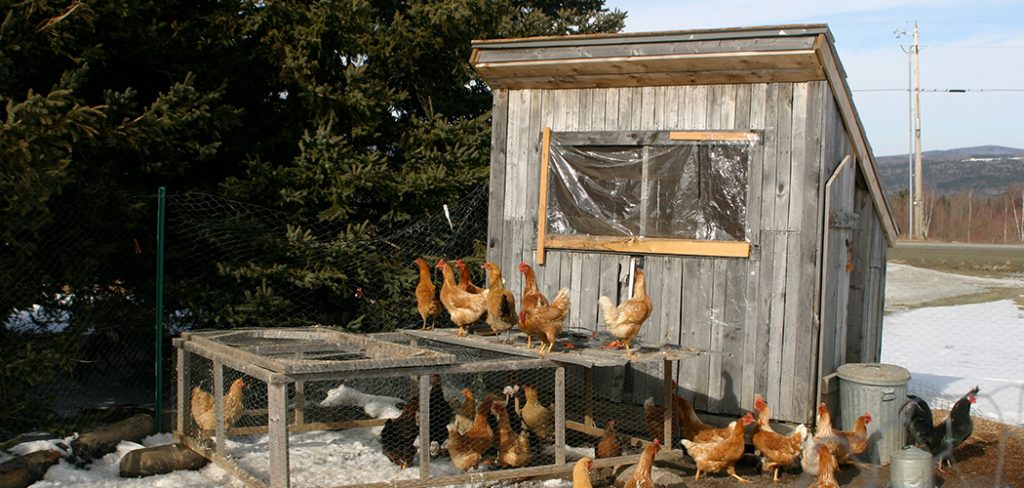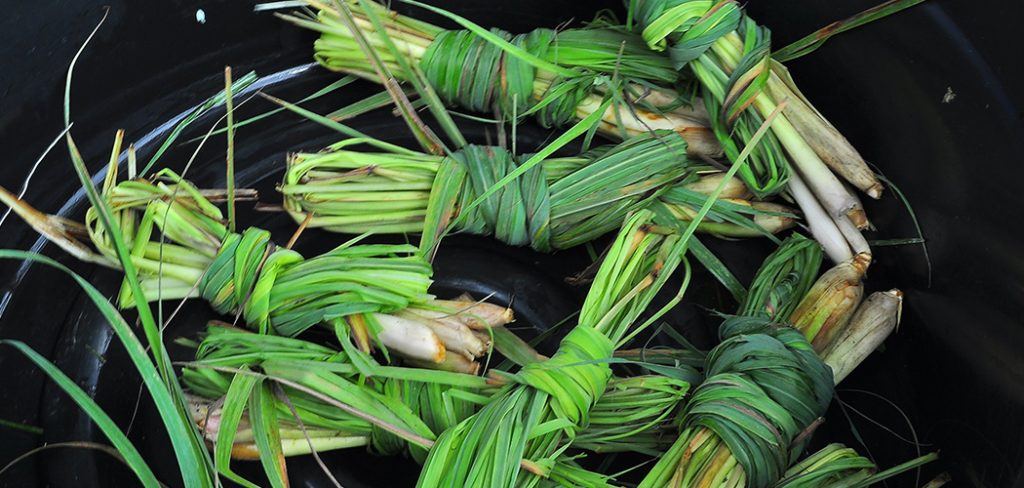Kids are usually picky regarding fruits but when it comes to orange, they need to be told to stop before they ruin their stomachs. Who can blame them? With its sweetish sour flavor and juicy slices, orange is one of the most loved fruits around the globe. Not only that, but it is also really easy to grow orange since it needs very little care to produce fruit. The orange tree would indeed continue to produce fruit even if it is left on its own–for a few years. After a few years, when the tree becomes overgrown, it won’t be the same.
To understand this, consider the following analogy: to fully blow a really big balloon, you’ll have to exert extra energy which wouldn’t be needed if the balloon was smaller. The same is the case with the plant which has to exert extra effort just to ripen the fruits for an overgrown plant. So, pruning is important to ensure that the tree continues to produce quality fruit and the fruit is within reach for harvesting. It’s better to prune your orange plant once a year once it’s established. How to prune orange trees cannot be explained better than this complete guide.
Basic Citrus Tree Pruning Principles and Practices:
When to Prune?
This depends on your area. If you are in a frost-free zone then the best time to prune is between and winter and spring after the harvest. New flowers usually start appearing during this time
If your area is susceptible to frost, its best to wait out the winter and prune in mid-late or spring when the danger of frost has passed.
Steps for Pruning Orange Tree:
The answer to the question of ‘how to prune orange trees’ will greatly depend on the age of the orange. When pruning the orange tree young, mature, and overgrown trees are treated differently.
Pruning Young Orange Trees:
The main objective of pruning in the early stages is to provide a firm base for the tree. To do that, we may look for the problem areas in the tree:
1) Remove suckers:
They are the green shoots that appear from the ground near the main trunk. These suckers, as the name suggests, suck the plant’s resources and do not produce any fruit. Cut these suckers to the ground.
2) Remove Water Shoots:
Water shoots are the lateral growths that emerge below the graft of the tree or on the branches. They don’t play a significant role in fruit production and like suckers, they are also a burden for the plant. Remove them to the collar of the branch to focus the plant’s energy on the fruit.
3) Remove Crisscrossing Branches:
Branches that are rubbing against each other and that are blocking the air and sun for other branches need also be removed to improve health.
4) Remove Excessive Fruit:
If there is a lot of fruit in the first 1 to 2 years, it’s better to limit it as our goal in the early stages of the plant’s development is to ensure that a firm base is established for the tree. This will redirect the focus of the plant towards root and foliage formation. This will make the plant stronger.
Pruning Mature Orange Trees:
When your plant has matured, the pruning considerations change. Now we are more concerned about the dead and diseased branches rather than the fruit production.
1) Remove Suckers and Water Sprouts:
Suckers and water sprouts can appear in any stage of plant life. They should be looked out for throughout the life of the plant.
2) Remove Problem Branches:
In the case of a mature tree, the problem branches are the dead branches with no foliage, the diseased branches with spots or decoloration, the old and weak branches, and the hanging branches below the graft of the tree that are touching the ground. Fruits are produced at the edges of the branches, so cutting all the branches a few inches will drastically affect fruit production. Instead, remove about 20% of the problem branches in one year.
Remove thinner branches with hand pruners but for thicker branches, usually around 1.5 inches, three cut technique is used. In this technique,
- First, a cut is made on the lower side of the branch at about 6 to 12 inches from its base. The cut should be about half inches deep.
- Then, another cut is made on the upper side of the branch at three inches further out from the first cut. This cut will break the branch in two.
- Remove the remaining part at the collar.
Pruning Overgrown Orange Trees:
If your tree is overgrown, it is more likely that your fruit production will be poor. You’ll have to do a hard pruning to free the plant from the extra burden of supporting a huge plant. To do this, you first remove all the damaged and diseased branches and then the longer and older branches. The aim is to have only a few bare branches on the main trunk when pruning overgrown orange trees.
The new production will take one or two years. Use three cut method for thicker branches.
How To Prune Indoor Orange Trees:
Citrus fruit pruning principles and practices are not that different for outdoor and indoor trees. However, indoor orange trees can become leggy due to the lack of light. To avoid this, the plant should be placed at the window with most light exposure. If the plant has become leggy, it’s best to remove the top third of the plant. This will encourage branching. If the light conditions continue to remain poor, the plant would have to be hard pruned consistently to maintain it.
Conclusion:
There is no better feeling in the world than eating fresh fruit from an orange tree in the winter sunlight. As you must have noticed by now, the pruning procedure for the orange tree is simple and easy. The important thing is consistency which will prove to be beneficial in the long run.
All the effort that you put into pruning the orange trees will be returned to you in multiples. Just a yearly pruning regimen can make sure that you continue to harvest fresh and juicy oranges for many years–the kind of return I like. All the information contained in this guide of how to prune orange trees will help you to improve the yield and overall health of the plant.

